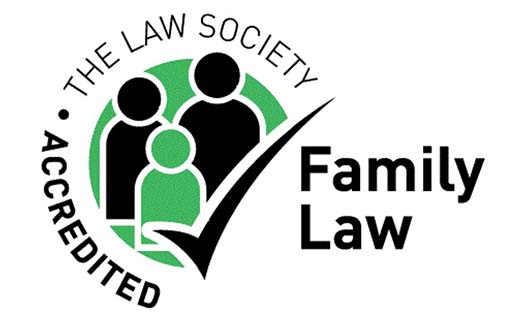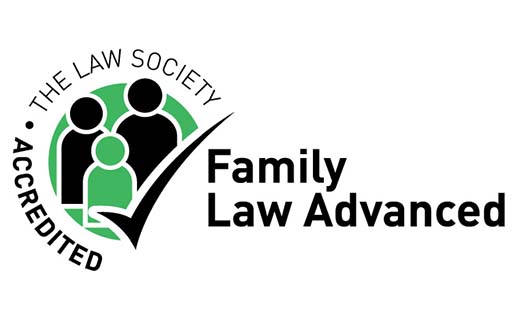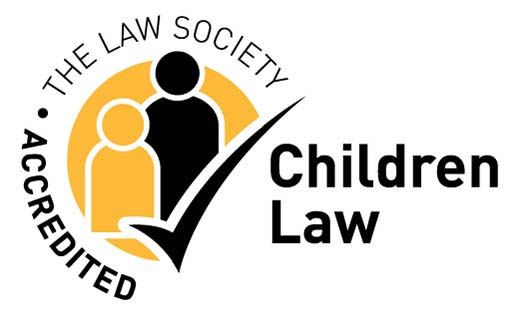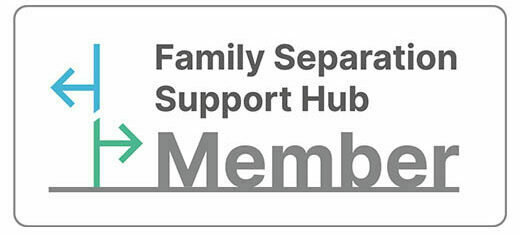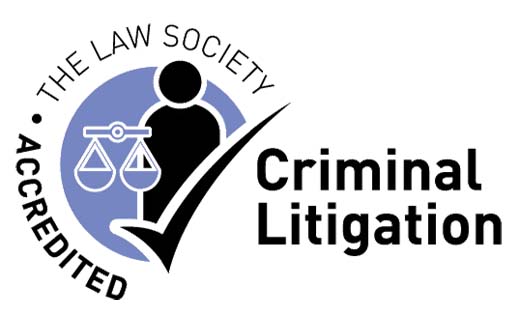Narcissistic abuse is a form of psychological and emotional abuse inflicted by individuals with narcissistic personality traits, or Narcissistic Personality Disorder (NPD). They seek to exert control over others to satisfy their own need for admiration and validation. It is important to note that, while individuals with this disorder may display abusive behaviours because of their personality traits, not everyone with NPD is abusive.
What are the signs of narcissistic abuse?
Narcissistic abuse can be difficult to identify, as it often involves subtle manipulation and control that can leave the victim feeling confused and unsure of themselves. However, there are certain signs to look out for that can indicate you are experiencing narcissistic abuse.
These can include feeling constantly criticised or belittled, being made to feel guilty for things that aren’t your fault, being isolated from friends and family, and feeling like you are walking on eggshells around the abuser.
A narcissistic abuser will have a distinct lack of empathy for others, including their victims. They will dismiss the feelings and concerns of the other person and at the same time, they will play themselves up as being superior. They are rarely, if ever, wrong, and any problem within the relationship will be blamed on the victim. A narcissistic abuser feels entitled to the victim’s full attention and admiration and will try to exert as much control as possible over their life and decision making.
While it’s easy to assume this type of abuse can only happen in a romantic relationship, narcissistic abuse can occur in various types of relationships – such as family relationships, friendships, and even in work environments.
What does narcissistic abuse do to a person?
Narcissistic abuse can have a profound impact on a person’s mental health. A victim of narcissistic abuse may struggle with:
- Anxiety
- Depression
- Low self-esteem
- People-pleasing behaviour
- Alienation
- Boundary issues
- Cognitive distortions
- Fear of abandonment
What are the four stages of narcissistic abuse?
As is the case with many other types of abuse, narcissistic abuse tends to follow a well-defined pattern in a repeating cycle. Becoming acquainted with each stage will help you to recognise that pattern, and therefore recognise instances of narcissistic abuse when they take place. The four stages of narcissistic abuse are:
- Stage 1: Idealisation or Love Bombing: In the idealisation stage, the narcissist will shower their victim with love, attention, and affection – making them feel cherished and special. The abuser will put the victim on a pedestal, saying they have found the perfect partner or friend.
- Stage 2: Devaluation: Just as quickly as a narcissistic abuser puts their victim on a pedestal, they will tear them down. This is the stage in which the narcissist will start to criticise, belittle, and insult their victim. They become controlling, dismissive of the victim’s needs and feelings, undermining their confidence and self-esteem.
- Stage 3: Abandonment: The abuser will then discard the victim, seeking the validation and admiration they crave elsewhere. This does not necessarily translate to a break-up but could also mean that the abuser is suddenly distant and unresponsive. This sudden rejection can leave the victim confused, heartbroken, and struggling to make sense of the rapid change in the relationship.
- Stage 4: Hoovering or recycling: At this point, the narcissist will return to their victim’s life, often using manipulation and guilt-tripping to lure the victim back into the relationship – and the cycle starts anew.
What are examples of narcissistic abuse?
Examples of narcissistic abuse can vary widely, as narcissists employ a range of manipulative tactics to control their victims. Some of the most common include:
- Comments about the victim’s physical appearance, intellectual capabilities or decisions, are common – as is giving the victim the silent treatment over any perceived slight, leaving them feeling isolated and anxious.
- Declaring “that never happened” or “you’re imagining things”, when confronted about something that did happen, are typical examples of gaslighting.
- The narcissist may spread false rumours to discredit the victim and isolate them further from any potential outside influence, such as that of family members, co-workers or friends.
- When something goes wrong, the narcissist will shift blame onto the victim. The narcissist may also have outbursts of anger or rage when their desires or needs are not met, leaving the victim feeling responsible for managing the narcissist’s emotions. Phrases such as “look what you made me do”, or any variation on that after an outburst of anger should ring alarm bells.
- They may also resort to emotional blackmail, such as threatening self-harm, over a perceived rejection – for example, if they feel they’re not getting enough attention and admiration from their victim.
Recognising these examples can help victims to identify abusive patterns. With the right external help, breaking the cycle is possible; this is, after all, the main reason why abusers seek to isolate their victims. If any of the above is familiar, do not hesitate to reach out for help.




